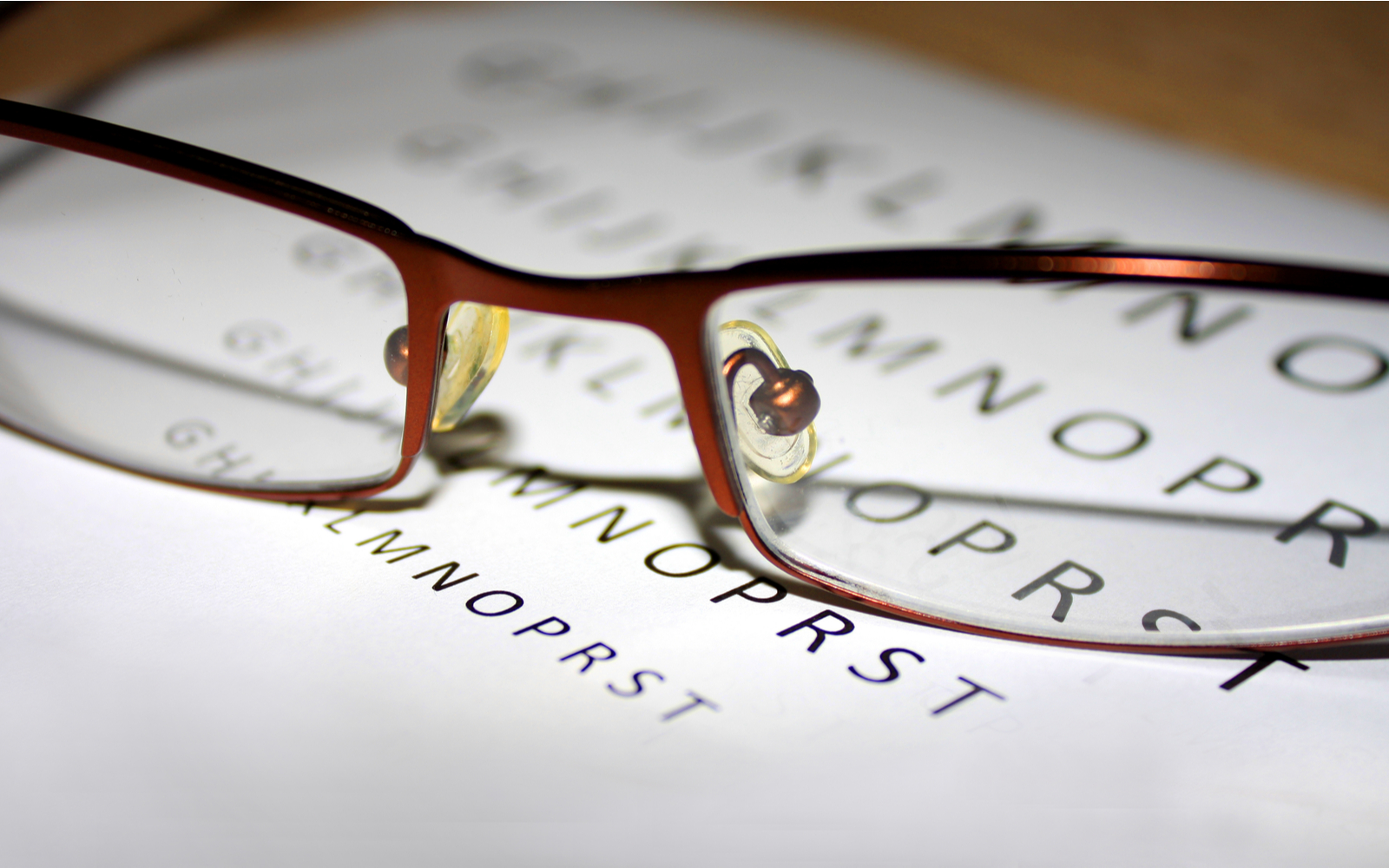What to Expect During a Diabetic Eye Exam

Diabetes affects the blood vessels throughout the body. Because of the lack of insulin produced or the high amounts of blood glucose, the condition contributes to considerable blood vessel damage. It can deteriorate smaller vessels throughout the eyes, kidneys, and nerves because it reduces the amount of nitric oxide in the blood vessels controlling blood pressure. Diabetes is usually associated with obesity, hypertension, and strokes, but when it comes to the eyes, diabetes can cause disorders such as diabetic retinopathy, glaucoma, cataracts, and blurry vision. To avoid eye complications, ophthalmologists recommend having a diabetic eye exam to diagnose and prevent these disorders in the future.
Why Do You Need a Diabetic Eye Exam?
Having controlled glucose can significantly reduce the severity and possibility of developing eye conditions, but the only way to identify any eye problems is through comprehensive eye examinations. Diabetic eye exams are essential for diabetes patients to detect conditions ahead of time and properly treat them. Preserving your eye health can help prevent these conditions from forming:
- Blurry vision – Blurry vision can occur for several reasons; it can begin when you start your insulin treatment, occur when fluid leaks into the eye’s lens, and indicate other eye problems such as cataracts happens for more extended periods.
- Glaucoma – Glaucoma is a condition that produces liquid and flows into the lens of the eye, leading that fluid to become trapped. This condition causes a pressure build-up, which can pass to the nerves near the back of the eye and cause low vision that can extend to the entire eye if not treated.
- Cataracts – Cataracts are opaque, cloudy formations that lead to blurry vision. Cataracts create yellowing, spotting, hazy vision problems that occur more in people with diabetes, and if fully developed, can be treated with cataract surgery.
- Diabetic Retinopathy – Diabetic Retinopathy causes protrusions in the blood vessels along the rear of the eye. It can create scar tissue, abnormal blood vessel growth, and cause the retina to detach from the back of the eye. The long-term damage to the blood vessels creates a blurry, fluctuating vision that can lead to vision loss if not treated.
Diabetic eye exams aim to diagnose these conditions if apparent. The American Diabetes Association recommends that those with diabetes should have an eye exam within five years of their diagnosis for those with type 1 diabetes and as soon as possible for those with type 2 diabetes.
Diabetic Eye Exam Procedures
During your eye exam, your ophthalmologist will perform various tests to examine and monitor any eye changes. For diabetic patients, dilation will increase light sensitivity and allow your eye doctor to view the optic nerve and any present damage. Next, a glaucoma test will be performed to indicate any pressure changes within the eye and fluid presence. The glaucoma test will use puffs of air to view the eye’s reaction to pressure. The vision test will determine the patient’s ability to see and read at various distances and test any inconsistencies in the eyes.
For more information on diabetic eye exams and how your ophthalmologist can help you with diabetes, contact Dr. Paul Trapeni, Jr at The Optical Shoppe in Smyrna, TN, to schedule an eye doctor appointment today.

Dr. Paul D. Trapeni JrAt The Optical Shoppe, we're dedicated to optometry excellence under the guidance of Dr. Paul D Trapeni. Serving the Smyrna community since 1989, Dr. Trapeni is a trusted member of the community, bringing general and specialized optometry care to individuals and families throughout the area.


